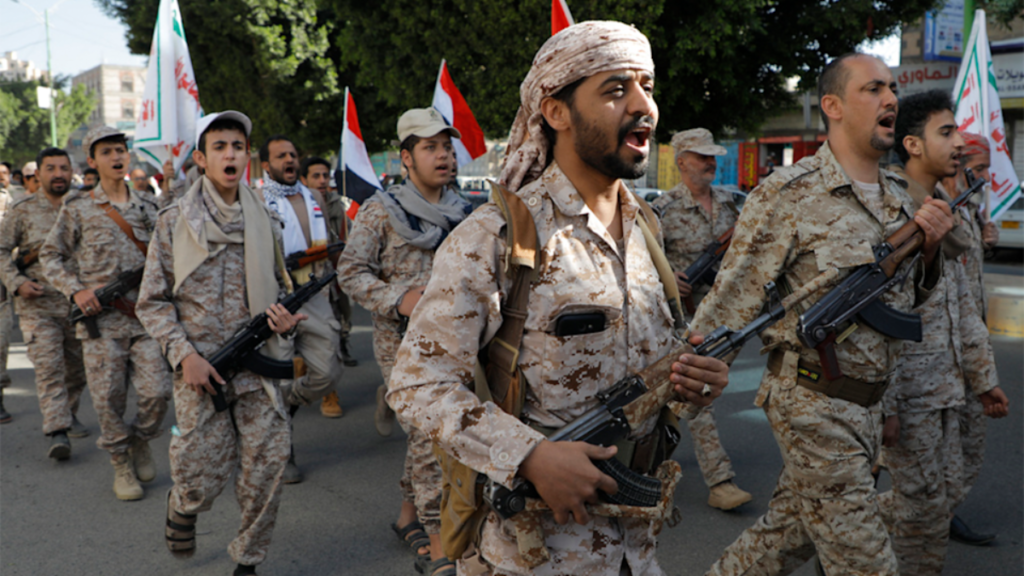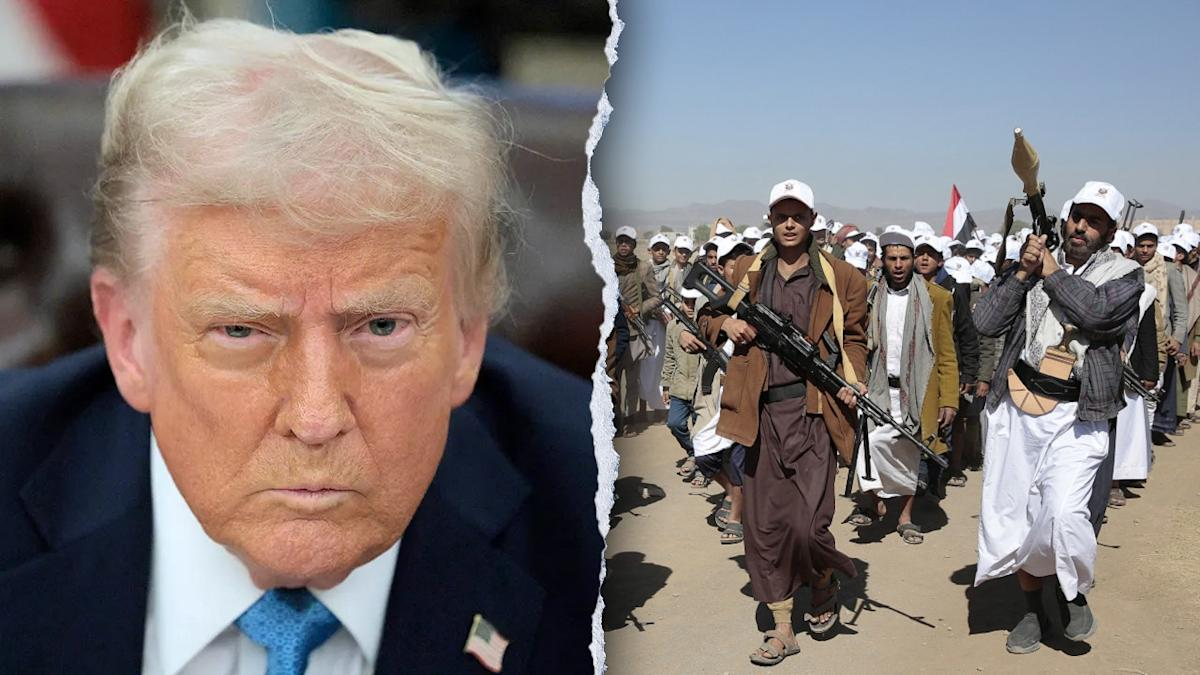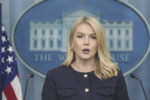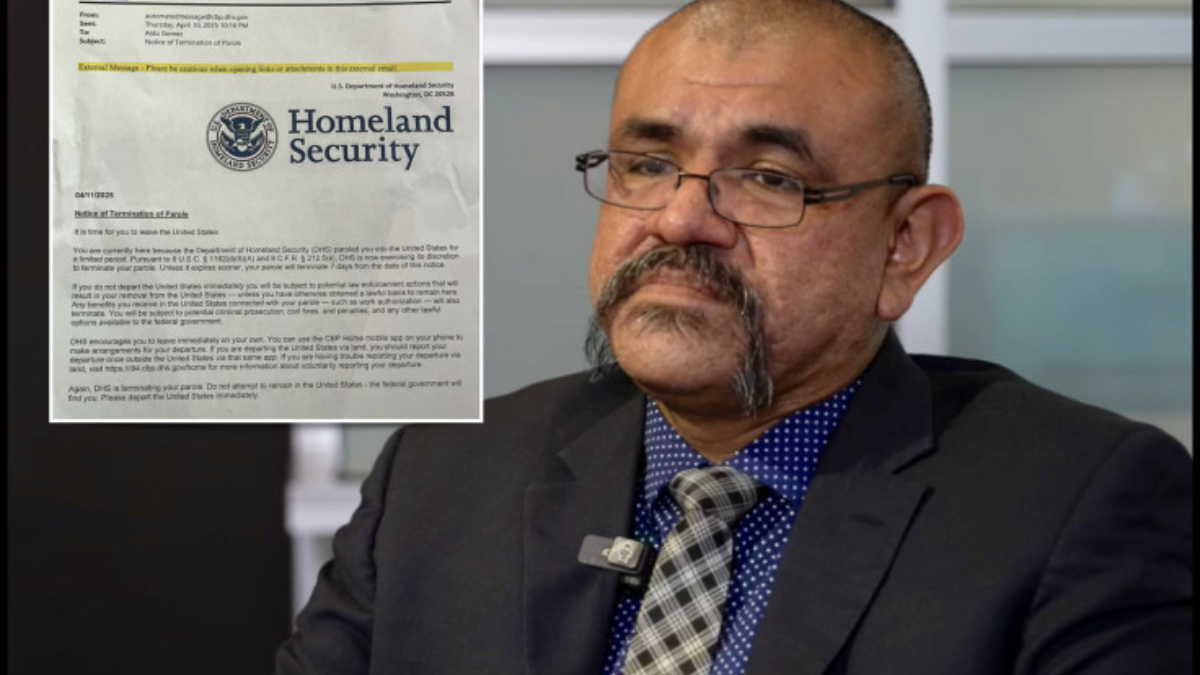In a bold move, former President Donald Trump has directed the Department of Defense (DOD) to deploy additional combat-equipped forces to the Middle East. This decision comes as the United States increases its pressure on the Houthi rebels in Yemen, who have been responsible for ongoing attacks against American allies and interests in the region.
With the U.S. military already involved in strategic operations in the Middle East, this latest deployment underscores a significant shift in American foreign policy and military strategy under the Trump administration.
Rising Tensions in the Middle East: U.S. Response to Houthi Aggression
The Houthis, an armed rebel group in Yemen, have become increasingly aggressive in their operations, targeting Saudi Arabian infrastructure and U.S. allies with missile and drone attacks. Their actions have drawn significant international condemnation, particularly from the U.S., which views the group as a destabilizing force in the region.
The U.S. has already been engaged in counterterrorism operations in the Middle East, but Trump’s directive to move more forces into the region, specifically those equipped for combat, signals an escalation in America’s commitment to addressing the Houthi threat.
The deployment aims to bolster U.S. military presence and ensure that the U.S. is prepared to respond swiftly to any attacks or further provocations by the Houthis or their Iranian supporters.
Strategic Importance of U.S. Military Presence in the Middle East
The Middle East is a critical region for global security and stability, with significant implications for energy markets, international trade, and counterterrorism efforts. The U.S. has maintained a military presence in the region for decades, primarily to safeguard the interests of its allies, protect shipping lanes, and combat terrorism.
However, with the rise of Iranian influence and the growing power of non-state actors like the Houthis, the U.S. has had to adapt its strategy.
By increasing the number of combat-ready forces, the U.S. is sending a clear message that it is prepared to use military force if necessary to protect its interests and allies. This move also serves as a demonstration of power, reinforcing America’s role as a dominant military force in the Middle East.
Trump’s Military Strategy: Deterrence and Defense
Former President Trump’s military strategy in the Middle East has been one of both deterrence and defense. Under his administration, the U.S. aimed to strengthen its relationships with regional partners, particularly Saudi Arabia and the United Arab Emirates, while countering the influence of Iran.
The decision to deploy additional combat forces to the region aligns with Trump’s broader approach to foreign policy, which emphasizes a strong military presence as a means of deterring adversaries and ensuring the security of U.S. allies.
By moving forces equipped for combat into the Middle East, the U.S. is positioning itself to respond quickly to any potential threats posed by the Houthis or other regional actors.

The Role of Iran in the Houthi Conflict
Iran has long been accused of supporting the Houthi rebels in Yemen, providing them with training, weapons, and financial support. This relationship has further complicated the conflict, as Iran seeks to expand its influence in the region, particularly in countries like Yemen, Iraq, and Syria.
The U.S. has consistently opposed Iran’s involvement in Yemen, viewing it as part of a broader effort by Tehran to destabilize the Middle East. The Houthis, with their ties to Iran, have become a significant challenge for U.S. and allied forces in the region.
The deployment of additional combat-ready troops serves as a direct response to Iran’s actions and the threat posed by its proxy forces.
Diplomatic and Military Implications of the Increased U.S. Presence
The increase in U.S. military forces in the Middle East carries both diplomatic and military implications. On the military front, the presence of combat-ready troops enhances the U.S. military’s ability to respond to any crises or escalation in the region. The move signals to adversaries like Iran and its allies that the U.S. is prepared to protect its interests in the Middle East.
Diplomatically, the deployment of additional forces is likely to increase tensions between the U.S. and Iran. Tehran has already expressed concern about U.S. military presence in the region, and the deployment of combat-equipped forces could be seen as a provocative act.
However, it also provides an opportunity for the U.S. to strengthen its alliances with regional partners, particularly those who view the Houthis and Iranian influence as a direct threat to their sovereignty.
U.S. Military’s Continued Commitment to Regional Security
While President Trump’s term ended in January 2021, the U.S. military’s commitment to the Middle East remains unwavering. The Trump administration’s approach to regional security, including the deployment of additional combat-ready forces, has shaped U.S. military strategy in the region for years to come.
As the U.S. continues to face challenges from non-state actors like the Houthis and regional powers like Iran, its military strategy will likely evolve to meet these new threats. The decision to increase the U.S. military presence in the Middle East is a reflection of this ongoing evolution, aimed at ensuring the stability of the region and the protection of U.S. interests.
Conclusion: A Strong Signal to Adversaries
Former President Trump’s decision to order the Department of Defense to move more combat-ready forces into the Middle East represents a significant escalation in U.S. military involvement in the region. As tensions with the Houthis continue to rise, the U.S. is making it clear that it is ready to take decisive action to defend its interests and those of its allies.
The increased military presence serves as both a deterrent and a defense mechanism, signaling to regional adversaries like Iran that the U.S. is prepared to protect its strategic interests in the Middle East. While the future of the region remains uncertain, one thing is clear: the U.S. military’s role in the Middle East will remain a cornerstone of American foreign policy in the years to come.
For more on the U.S. military’s role in the Middle East and ongoing tensions with the Houthis, visit the Department of Defense.
Disclaimer – Our team has carefully fact-checked this article to make sure it’s accurate and free from any misinformation. We’re dedicated to keeping our content honest and reliable for our readers.






